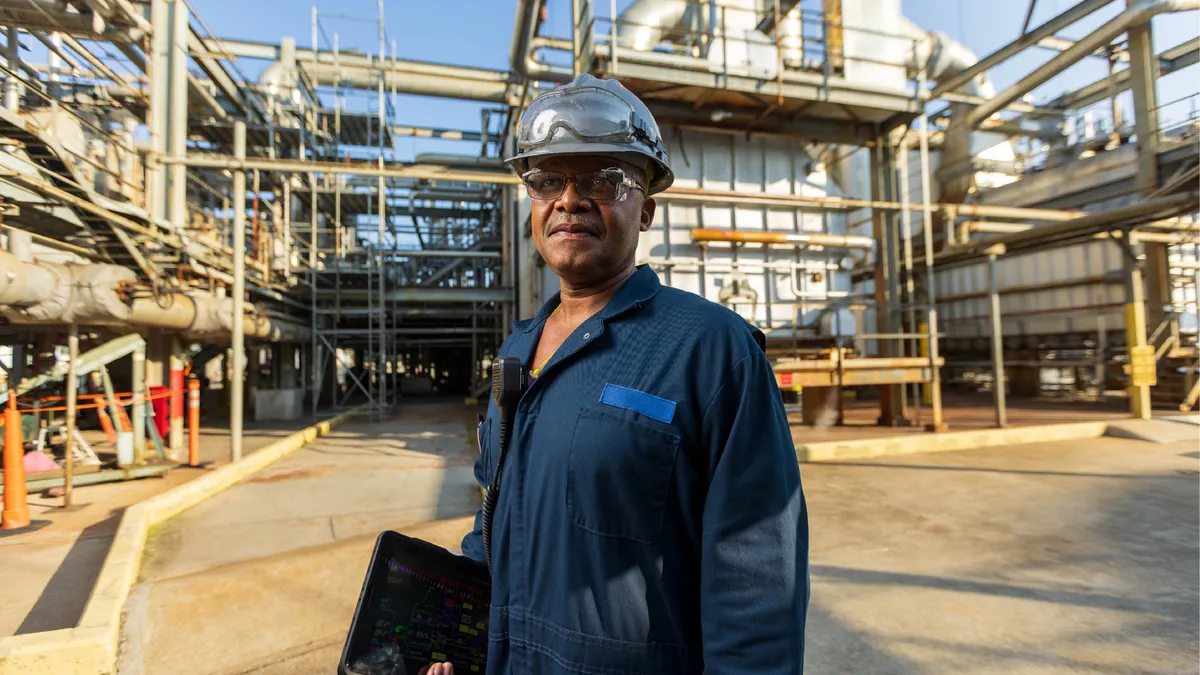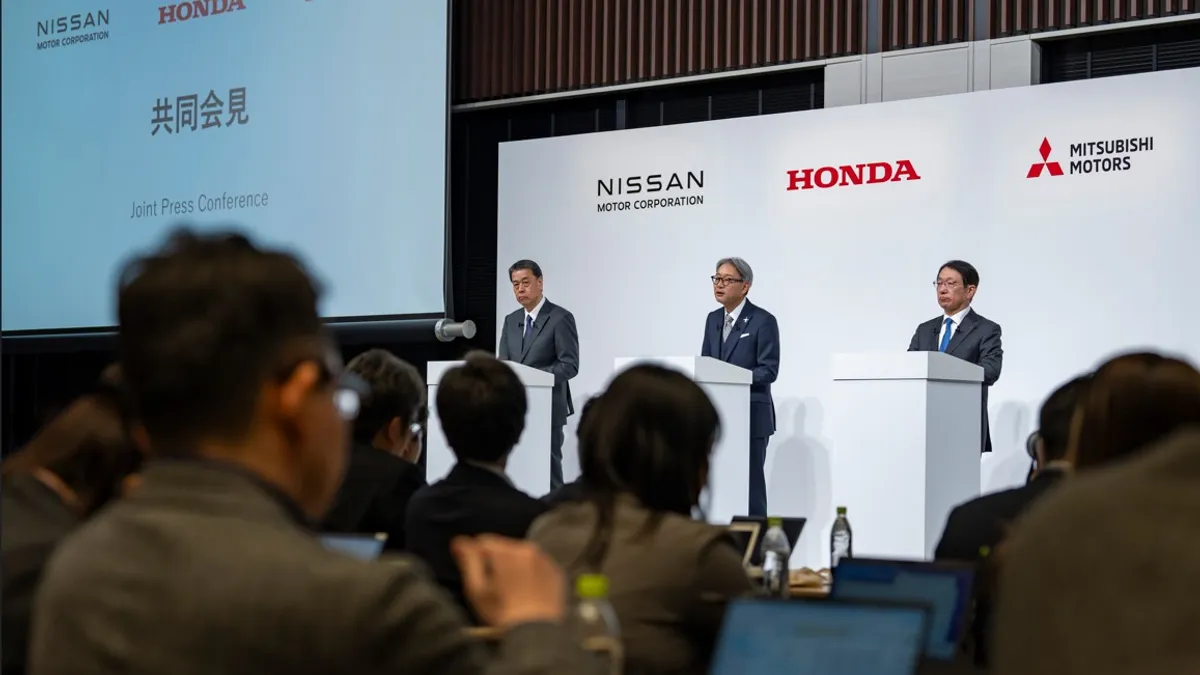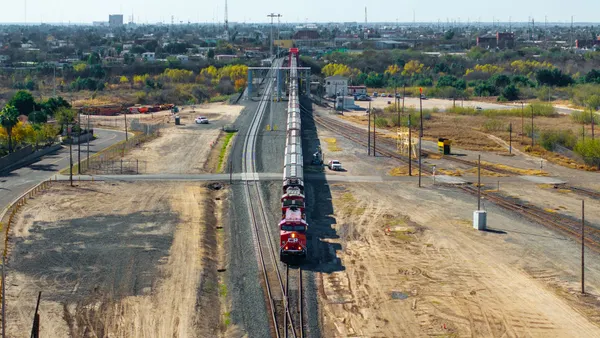In just a few weeks, leaders from around the globe will converge on the United Arab Emirates for the COP 28 conference. As with past gatherings, global emissions reductions, in the transportation and automotive sector especially, will be at the top of the conference priority list.
Those discussions will almost certainly revolve around new technologies and alternative fuels, but they may miss an obvious area for improvement: producing the vehicles in the first place.
It turns out, the automotive materials supply chain is a large driver of the sector’s emissions. In fact, a McKinsey study showed that emissions from material production will account for more than half of the life-cycle emissions by 2040. Meanwhile, analysts and industry observers are calling for more transparency around supply chain emissions from the OEMs and tier one suppliers.
Automotive materials suppliers are now looking to partner with companies that are innovating to achieve ever-greater material production emissions reductions and that are doing so in a transparent manner.
Enter INVISTA, a global leader in nylon 6,6 polymer and chemical intermediates, that just announced it's expanding its nitrous oxide (N2O) abatement technology licensing program. The company expects this move will decrease the carbon footprint of downstream nylon productions while cutting emissions across the automotive materials supply chain.
“INVISTA’s N2O abatement technology plays a key role in helping customers make meaningful progress toward their goals,” said Francis Murphy, INVISTA CEO. “As industries, particularly the automotive industry, continue to focus on the emissions of both their own operations and associated supply chains, the reduction of 30 million tons per year of CO2e (carbon dioxide equivalents) at facilities using our licensed technology will help drive significant emissions reductions in upstream material production.”
It turns out, this is not the first time INVISTA has led on emissions-reducing technology. The Wichita, Kan.-based company first developed N2O abatement technology more than two decades ago, deploying and improving abatement capabilities at multiple AA facilities in the late 1990s.
Now, the company estimates its three new licenses with adipic acid (AA) producers in China can generate global emissions improvements of 30 million tons of CO2e per year by reducing or avoiding N2O emissions during the production of adipic acid, an ingredient in nylon 6,6.
Due to its mechanical, chemical resistance and thermal material properties, nylon 6,6 is ideal for lightweighting in automotive applications where heat resistance and abrasion resistance are critical, particularly under the hood, in EV battery enclosures and on external components subject to wear and tear.
While other AA producers in North America, Europe and Asia have been using N2O abatement technology for years, many Chinese producers have yet to implement the same measures. As home to half of the world’s adipic acid production, N2O abatement efforts in China can have a significant effect on global supply chain emissions.
Without modern abatement technology, adipic acid production can result in relatively high N2O emissions – emissions that are 264 times more intense than standard CO2 emissions, according to the United Nations Intergovernmental Panel on Climate Change.










